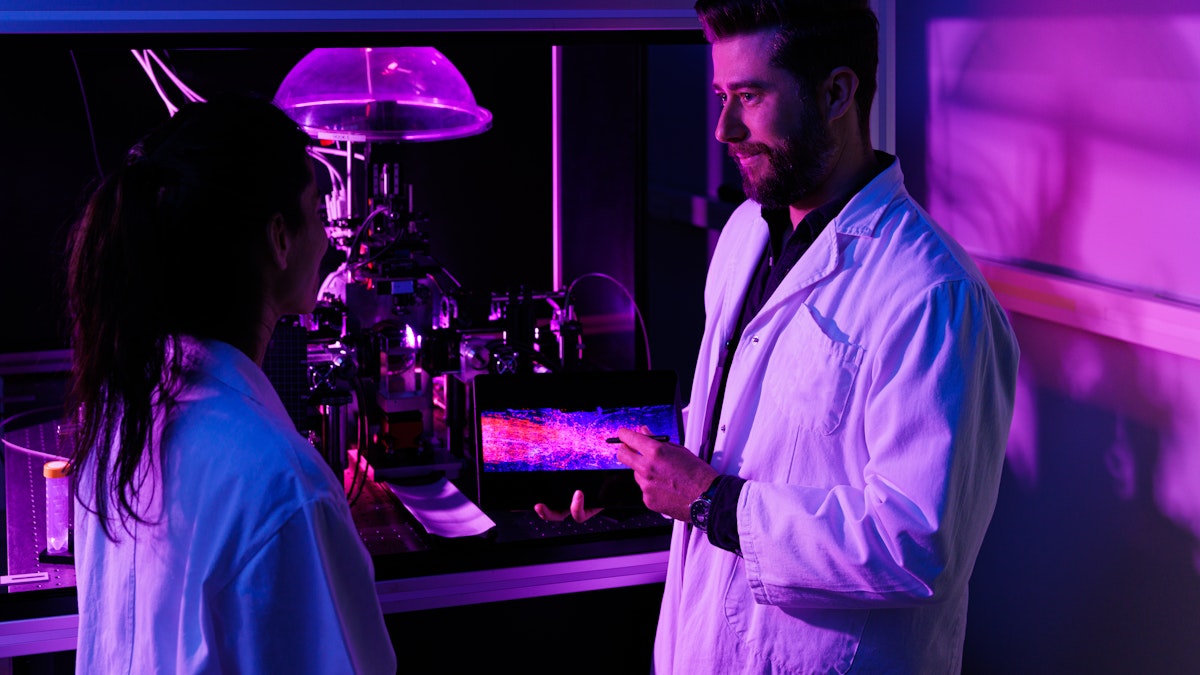The 'in conversation' series features members of the Wyss Center community discussing their work, their collaborations and imagining the future.
Could you briefly describe your role at the Wyss Center?
I am leading an exciting collaborative project as part of the Campus Biotech Lighthouse Partnership, dedicated to developing targeted optogenetic therapies for peripheral nerve disorders. Our primary focus is on addressing severe leg spasticity in spinal cord injured patients. However, the benefits of this optogenetic approach could also extend to help individuals suffering from bladder conditions, neuropathic pain and paralysis. By harnessing our collective expertise, I hope to pioneer innovative optogenetic therapies and improve the quality of life for individuals worldwide.
What are the facets of your job that you prefer?
I enjoy coordinating the research of multidisciplinary teams comprised of neuroscientists, engineers and computer scientists to tackle complex challenges and achieve a shared objective. Working together to develop novel biotechnologies that push the boundaries of what is possible to help individuals with neurological disorders, is incredibly exciting and rewarding.
What inspired you to work on optogenetics?
I've always been fascinated by the intricate workings of the brain and nervous system and how its functioning impacts every aspect of our lives. Throughout my career, I've been driven by a combination of curiosity, passion for science, and a desire to make a positive impact on human health. More recently, I became captivated by the potential for optogenetics to revolutionize our understanding and treatment of neurological disorders. The prospect of leveraging light to precisely control neuronal activity seemed like a groundbreaking approach with immense therapeutic potential.
Where do you think we'll see the biggest advances in your field in the next ten years?
It's an exciting time to be working in the field. I believe we are on the verge of an exciting era for gene therapies and biotechnology, realizing their full potential for clinical translation. Harnessing the power of cell-targeted gene therapies, coupled with implantable, bio-compatible optoelectronic devices, holds the promise of transforming lives of individuals with a spectrum of neurological disorders.
And what would be the biggest challenge for these advances?
Several challenges persist, chief among them engineering targeted gene therapies with enhanced efficacy while mitigating off-target effects. Additionally, enhancing the long-term biostability of optoelectronic implants is a significant challenge. Yet, it is precisely these obstacles that drive our innovation and determination to realize the clinical impact of these therapeutics.







